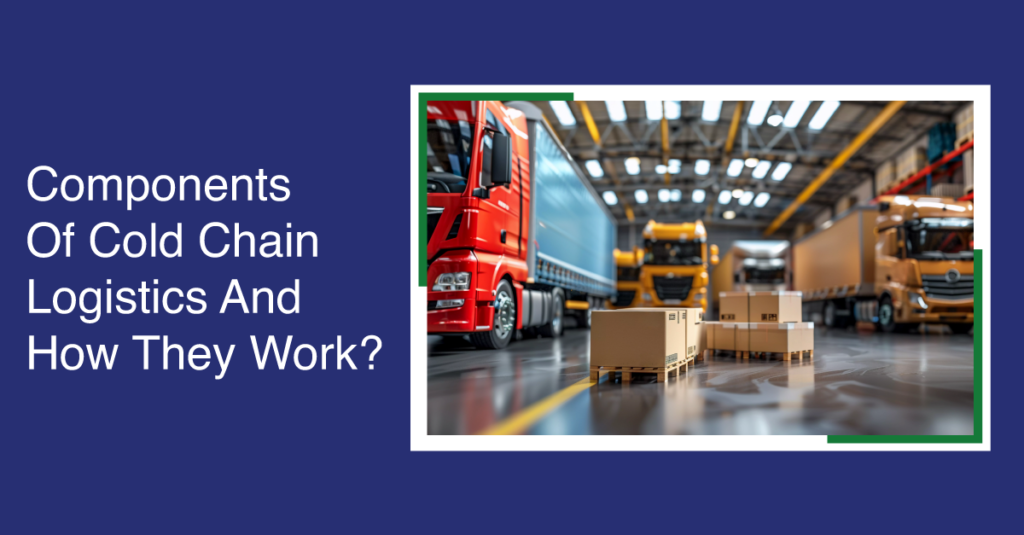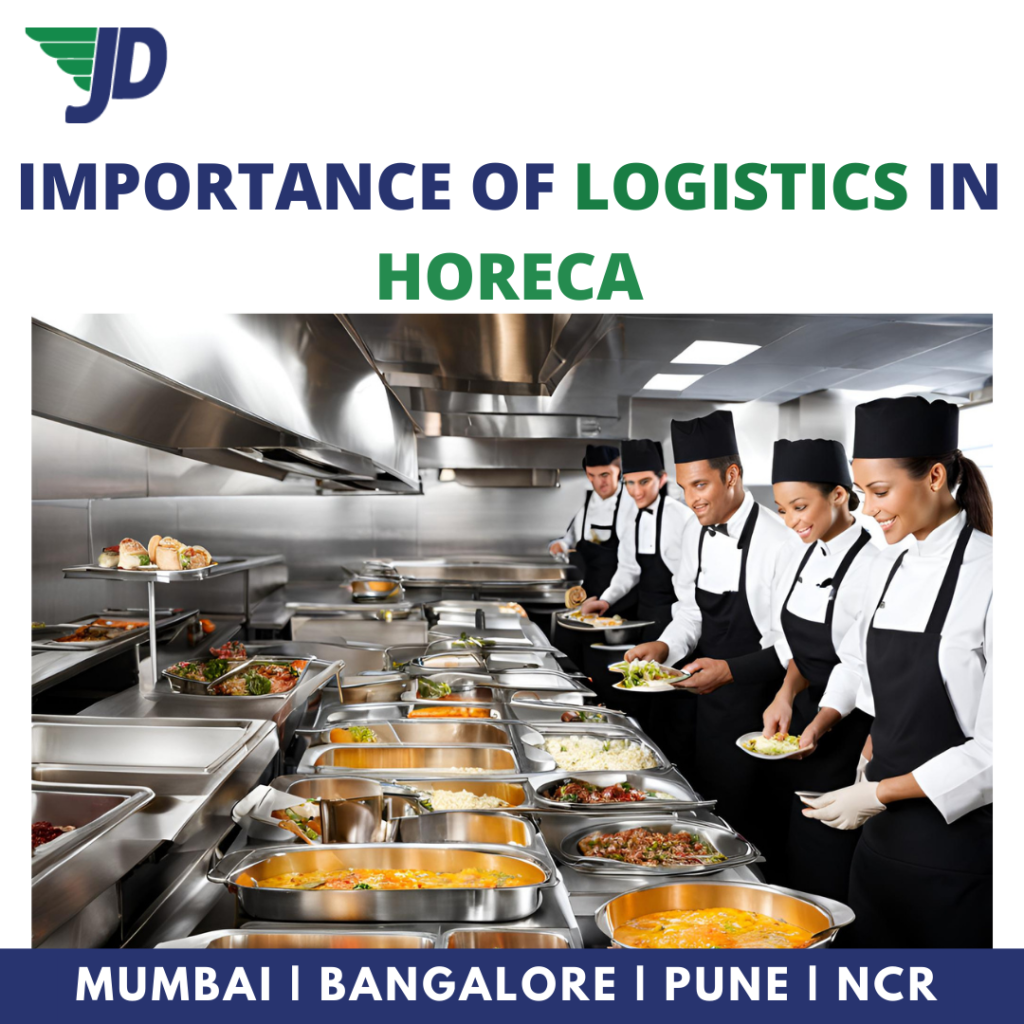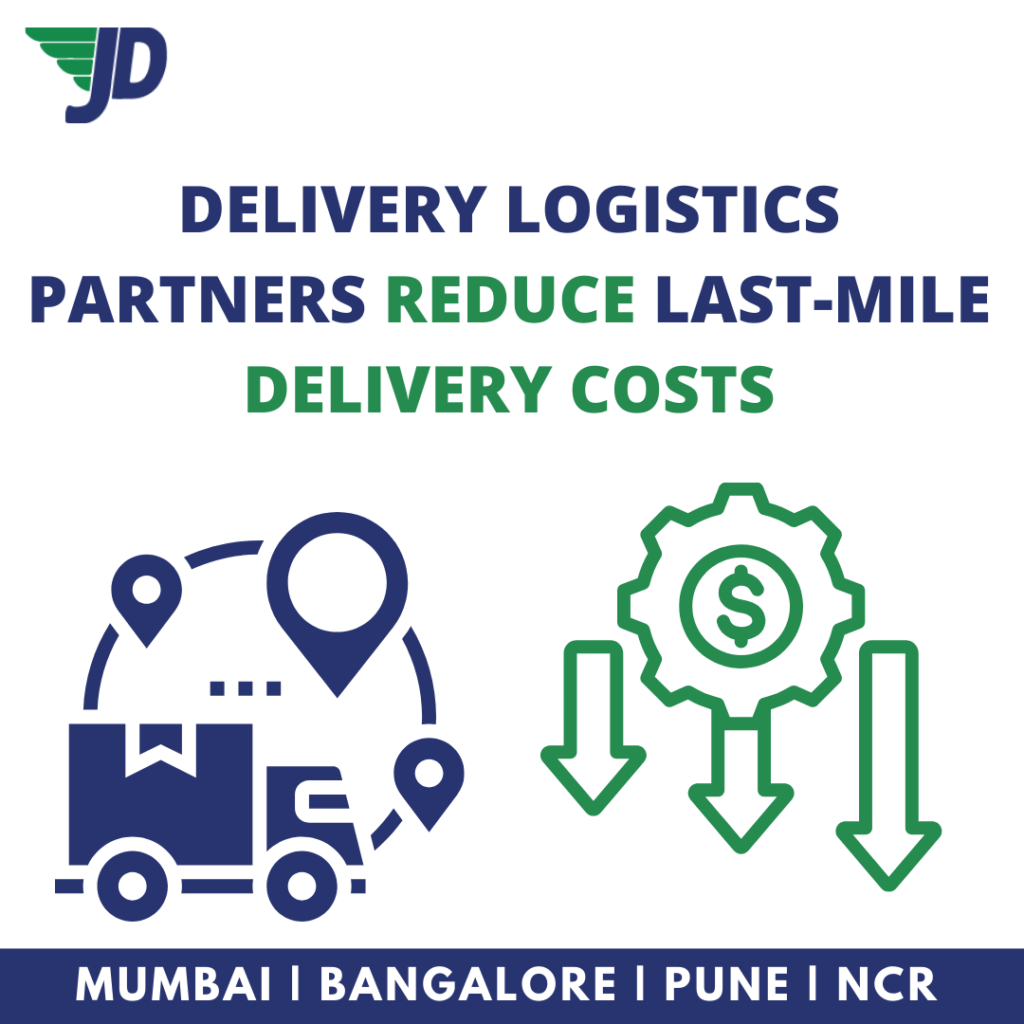Cold chain logistics plays an important role in keeping the products fresh and in optimal condition until they reach their destination. Perishable food products like dairy, meat, fruits, and vegetables along with medicine and certain chemicals need to be kept in temperature-regulated environments during transit and storage. However, this system is more complex than it seems. There are various factors involved that work together to make the process seamless.
In this blog, we will discuss the key components of cold chain logistics that help to ensure the product’s integrity and quality till it reaches its final destination and also explain how they work.
A] Key Components Of Cold Chain Logistics
1. Cooling Systems
Cooling systems are the crucial components of cold chain logistics. The cooling system helps to bring the goods to the appropriate temperature for storage, processing, and transport. A good cooling system helps to keep the food and other products fresh for longer periods even before they have begun their journey. Different types of cold chain products need to be cooled down to different temperatures to maximise their quality and integrity at the delivery point.
For example, fruits like bananas or pineapples need to be kept at a fixed temperature between 12° to 14°C. If the temperature is higher than that, the fruits will ripen before time. Similarly, food products like milk, vegetables, and fruits should be cooled to about 2° to 4°C. This kills all the pathogens and keeps them from multiplying, keeping the produce fresh. If your business involves transporting frozen foods, seafood, or ice cream, you may require a cooling system capable of cooling up to -30°C.
Looking for B2B Last-Mile Delivery Services?
Partner with Us for Seamless B2B Last-Mile Delivery from Warehouse to Retailer
2. Cold Storage Warehouse
Warehousing is an important part of the logistics industry, cold chain or otherwise. Warehousing helps to store the products in between the transportation phase and before it is made available to the consumer. It helps to avail the right product at the right time, at the right place.
Cold Storage is a specialised warehouse with temperature monitoring and management systems. Before the goods are ready to be transported, they are kept at a cold storage warehouse to prevent them from going bad. Most cold storage facilities have specialised freezers for storing different items like fruits and vegetables, meat and dairy products, and vaccines and medicines. They may also have cold rooms or chillers to store products in bulk quantities.
3. Temperature Controlled Packaging
Temperature-controlled packaging, also known as cold chain packaging, is a specialised packaging method specifically engineered for cold chain logistics. They are designed to consistently keep the food products at the optimum temperature. They use specialised packaging materials that prevent heat exchange, keeping the goods at a relatively stable temperature throughout the journey.
The product is usually cooled before packaging with the help of cooling systems. Temperature control packaging helps to preserve the temperature, preventing the goods from rotting or melting. Some packaging may also include other means to manage the temperature of the goods, such as gel packs, dry ice, and eutectic plates.
4. Cold Chain Transportation And AC Vehicles
Cold chain vehicles include refrigerated trucks and minivans, refrigerated cargo ships, and air cargo. These vehicles keep the temperature stable by keeping the moisture in check. Many transportation routes are long and could take up to days; hence, ensuring a stable temperature is essential.
Vehicles used in cold chain transportation are equipped with cold chain temperature monitoring devices that help to regulate temperature. If the temperature starts to rise due to any issue, they often notify the drivers and the suppliers at once. A combination of these technologies is used to ensure the goods reach their destination in the best conditions.
5. Processing and Distribution
Once the goods are delivered to the destination for the final distribution, the responsibility of keeping the goods safe until consumption falls on the distributor. Cold processing and distribution enable the consumer to get products at their best conditions.
The processing phase includes unloading the goods from the vehicles and placing them on pallets and crates, preparing them for the end customers.
B] Procedure Of Cold Chain Logistics Management
- The Preparation Stage: Most cargo refrigerators are designed to keep the product cool and not to actively bring down the temperature. Hence, when a temperature-sensitive product is being prepared to move, it first needs to be cooled down to its optimum temperature.
- Selecting The Right Path: Several factors need to be considered when selecting the right path for the shipment. Of course, choosing the shortest path would seem to be the right decision, but sometimes there are other factors at play. You also need to consider road conditions, traffic probability, and weather conditions.
- Customising Procedures: Customising the delivery and logistics according to the delivery’s needs can help make the process much more efficient. For example, if you need to deliver a large quantity of cold chain products, using refrigerated trucks would seem the best option. However, if the quantity is small to medium and you need to reach the destination as quickly as possible, using a van could be the right choice.
- Adjustment For Last Mile: The last mile is a jargon term used to describe the last stage is the actual delivery of the shipment. Some may say it is the most important part of the entire logistics industry because if the goods are spoiled during the last mile, all the effort before that is wasted.
- Quality Check Assurance: Once the delivery is received at the final destination, the receiver checks for cold chain temperature anomalies and registers it. This is crucial to establish trust and accountability on both sides.
Looking for the Right Cold Chain Logistics Partner?
Trust our expert team to provide consistent and dependable cold chain logistics services
Conclusion
Cold chain logistics is a crucial element in modern-day logistics. Broadening the economic horizon; helps to transport perishable and temperature-sensitive goods over long distances without compromising their quality. A shipment flows through the key components of the cold chain logistics to safely reach its desired destination.
These components include a cooling system to bring the temperature down, cold storage to keep the goods in good condition until they are ready to be delivered, temperature-controlled packaging to maintain the product’s integrity, refrigerated vehicles to ensure they do not go bad during transportation, and finally processing and distribution to ensure they reach their intended consumers in optimum conditions.
Sounds overwhelming right? Well, don’t worry! Just Deliveries takes care of it all for you. We have the best cold chain logistics infrastructure and a tested and proven procedure. So if you are looking for logistic services for perishables, contact us today!

Mansi Mahansaria
I’m Mansi Mahansaria, CEO and Founder of JustDeliveries, a B2B logistics company specializing in the food and beverage sector. With a background in Chemical Technology (ICT Mumbai), an MBA (FMS Delhi), and experience at IDFC Private Equity and Tata Group, I’ve built a plug-and-play logistics network helping F&B brands scale efficiently. I also share insights on entrepreneurship and logistics at industry and academic events.






